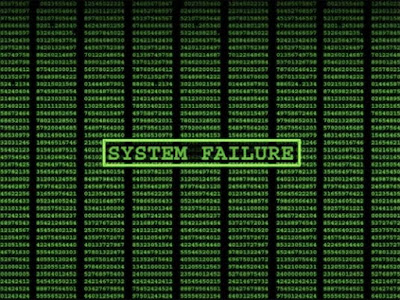Severity & Priority in Software Testing :-
There are Two things in bugs/defects of the software testing:-
Severity :- Severity tells the seriousness of a bug on the product functionality. It is assigned by Tester based on seriousness of the bug. We have got four different levels for Severity. Tester sets the severity of bug.
Severity can be categorized into following levels
1. Critical/S1 :- A defect that completely affects or hampers testing of an application/functionality is called a critical or S1 defect.
2. Major/S2 :- In S2 or Major level, Major functionality of an application doesn't work but tester can test the application.
3. Moderate/S3 :- In Moderate or S3 level, Its causing few undesirable behavior, however system or an application is still usable to a high degree.
4. Low/Cosmetic/S4 :- In Cosmetic level, only the changes are related to UI i.e. look and feel of the application. Such defect or bugs doesn't harm the application under test.
Priority :- Priority defines the order. Which bug should rectify first? Should we fix it now or later? Developer or a Project Manager decides the priority of bug.
Priority can be categorized into following levels (P1 as highest and P4 as lowest):
Urgent (P1):- Must be fixed in the next built.
High(P2):- Must be fixed in any of the upcoming builts but should be included in the release.
Medium(P3):- May be fixed after the release.
Low(P4):- May or may not be fixed at all.
Lets take the examples of Priority and Severity :-
1. High Priority and High Severity :- If a valid user goes to login panel (when it is already member) and gives valid credentials to the required fields. And system throws an error like invalid credential. It is comes under High Priority and High Severity. Therefore this bug needs to be fixed as early as possible.
2. High Priority and Low Severity :- Lets take an example of Flipkart.com. Suppose while updating Flipkart.com, they updated the wrong logo accidentally with spell missing like Flipart.com, here "k" is missing. It should be Flipkart.com. Now here bug is High Priority and Low Severity bug because this bug is High Priroty, therefore Flipkart has to resolve this problem to keep its brand value.
3. Low Priority and Low Severity :- Lets talk about well known and well used shopping website portal Flipkart.com. Everyone knows logo of Flipkart.com. Suppose while updating the website they made a spelling mistake in the content or somewhere in home page. Its fine it wont impact much. User can still use the website. This kind of bug comes under Low Priority and Low Severity. It is also called cosmetic error.
4. High Severity and Low Priority :- Lets take an example of an application, while using the application, if that application crashes after multiple use of functionality like: after clicking 200 clicks on save button and suddenly application gets corrupted. So such kind of bug comes under High Severity and Low Priority.



















